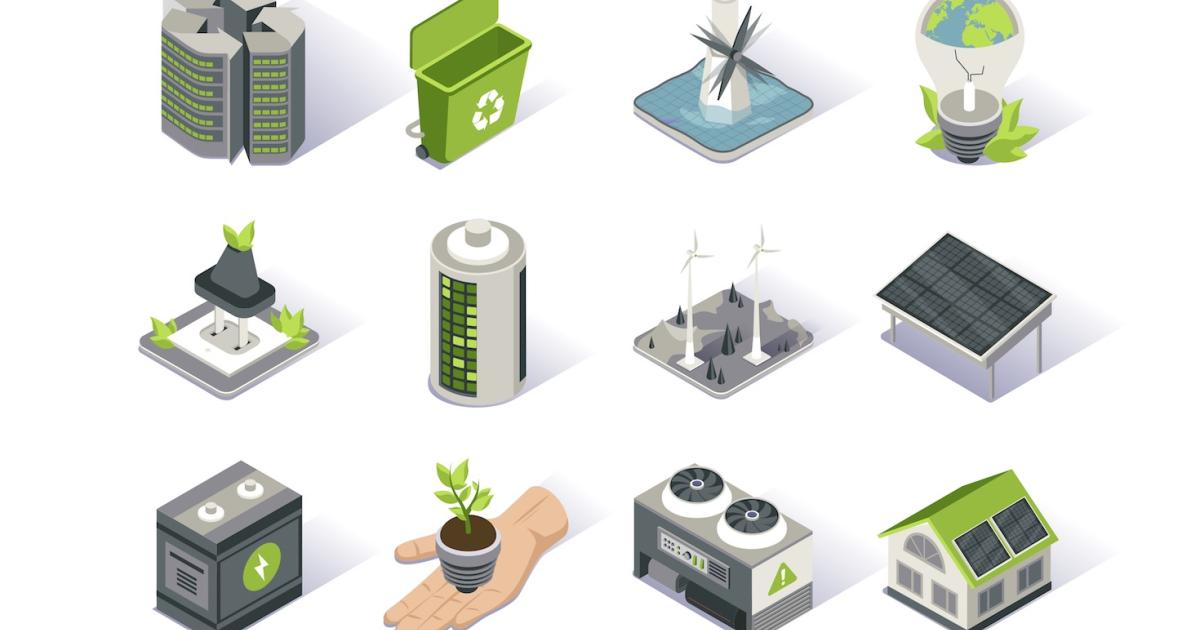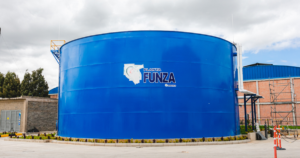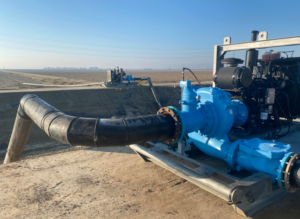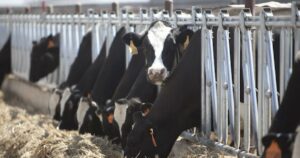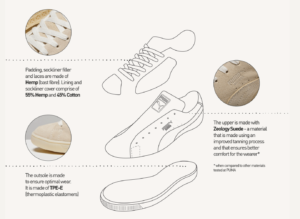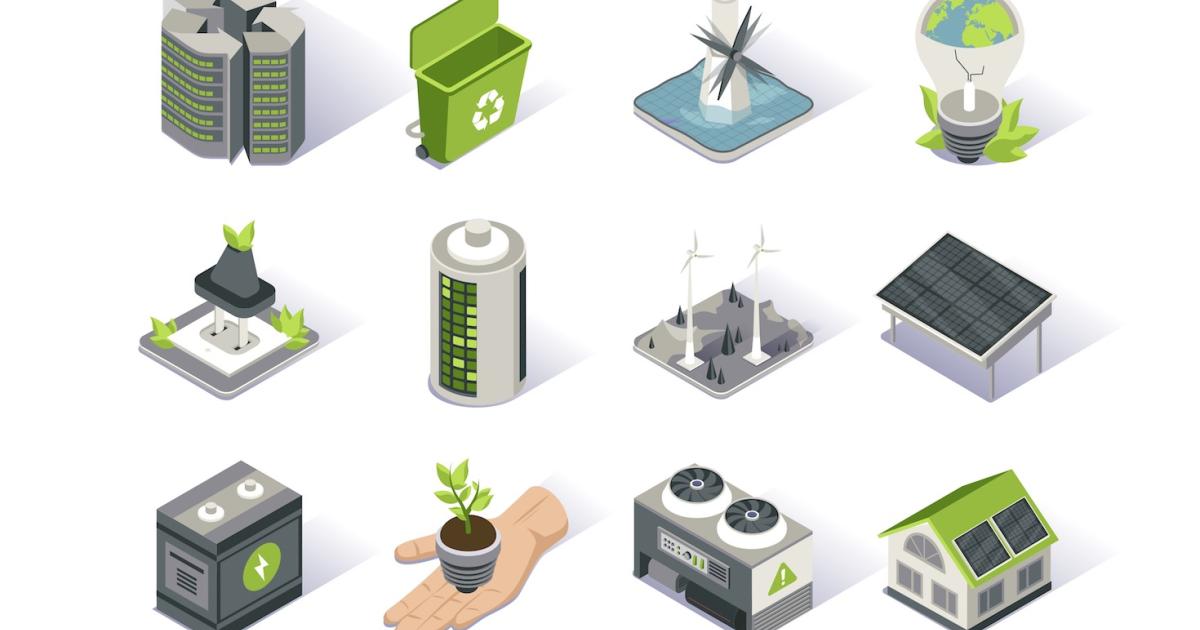
The incentives-led framework of the federal Inflation Reduction Act (IRA) reinforces the importance of voluntary markets for energy customers to procure carbon-free electricity (CFE) aimed at accelerating U.S. grid decarbonization. The IRA, together with the CHIPS and Science Act (CHIPS) and the Infrastructure Investment and Jobs Act (IIJA), have set the stage for massive technological innovation and market commercialization.
While CHIPS allocates money for early-stage innovation, IIJA provides support for commercialization of projects. The IRA complements those earlier measures with incentives for clean energy generation and customer offtake from the projects.
With a bottom-up approach, clean energy uptake relies not just on supply-side incentives, but also on demand from states and utilities, as well as energy customers. Voluntary CFE markets are a proven, powerful driver in accelerating investments in CFE deployment and complementing policies to achieve grid decarbonization targets. Thousands of companies continue to set voluntary CFE procurement goals and demonstrate progress toward these and other climate targets.
Voluntary CFE markets depend on a complex, multi-stakeholder market system of energy attribute certificate (EAC) registries, data providers, customer leadership and goal-setting programs and greenhouse gas accounting standards. Each stakeholder has a role to play in unleashing the full potential of federal clean energy legislation.
The voluntary market system provides the back-end infrastructure that motivates and enables energy customers to procure CFE and verify progress toward their goals, which in turn provides new revenue that accelerates CFE investments and deployment. At its core, this market system revolves around the transaction of EACs, which each represent the completed purchase of 1 megawatt-hour of verified CFE generation, through contracts that are either bundled with or unbundled from customers’ electricity payments.
Globally, this market system has catalyzed voluntary energy customers to procure over 1 billion EACs annually and generated billions in revenues that catalyze grid decarbonization investments. In the United States, commercial and industrial customer-led procurement of wind, solar and battery storage amounts to 58 gigawatts of new CFE capacity since 2014 — representing 37 percent of U.S. CFE capacity additions over this time period.
Creating customer markets will help hasten investments in a broader portfolio of technologies that advance grid decarbonization.
It is imperative that implementation of the IRA, IIJA and CHIPS leverages and builds upon the voluntary market system to maximize the use and impact of the federal incentives. Wind and solar deployment have benefited tremendously from voluntary markets cultivated by EAC transactions and the resulting additional revenue and market signals they provide. EACs are not yet standardized or available for the clean technologies that the IRA prioritizes, such as clean hydrogen, energy storage and carbon capture use and storage (CCUS).
By making EACs available for these technologies, the IRA can help activate new markets where customers procure new clean technology solutions, report the resulting verifiable claims about progress toward their respective clean energy goals and unlock greater revenues for clean technologies. Creating customer markets will help hasten investments in a broader portfolio of technologies that advance grid decarbonization.
The IRA can also help promote evolutions to the voluntary market system that enable customers to send more powerful and targeted market signals with their procurement. The Clean Energy Buyers Institute’s Next Generation Carbon-Free Electricity Procurement Guide specifies key updates to this market system that will introduce a broader menu of CFE procurement options for customers and optimize the impact of policies such as the IRA.
First and foremost, EAC registries should enrich EACs with new attributes, including hourly timestamps, average grid carbon intensity stamp, new tags for all CFE technologies and complementary resources like storage, tags for storage events and tags for social and community benefit credentials that promote further decarbonization of the grid. These new attributes will require EAC registries to capture more data from different data sources.
To help motivate customers to engage in emerging clean hydrogen, storage and CCUS markets and clarify how they should report this procurement, customer leadership programs — such as RE100 and the Science-Based Targets Initiative (SBTi) — and the Greenhouse Gas Protocol should clarify leadership targets and reporting best practices. Specifically, the Greenhouse Gas Protocol should expand voluntary markets and the use of market-based instruments. This would expand customer choice by enabling the broadest possible menu of CFE procurement options for customers to reduce their Scopes 2 and 3 greenhouse emissions.
We have a tremendous opportunity to unleash the full potential of all the incentives and market impacts that the IRA, IIJA and CHIPS offer if we create customer markets and evolve the voluntary market system. Policymakers should prioritize the formation of customer markets and engage all key voluntary market stakeholders during the rollout of this legislation to ensure that every dollar of incentives spent results in the greatest grid decarbonization potential and creates self-sustaining markets.
- SEO Powered Content & PR Distribution. Get Amplified Today.
- Platoblockchain. Web3 Metaverse Intelligence. Knowledge Amplified. Access Here.
- Source: https://www.greenbiz.com/article/federal-incentives-can-catalyze-grid-decarbonization-leveraging-clean-energy-markets
- 1
- 2014
- a
- About
- accelerates
- accelerating
- Accounting
- Achieve
- Act
- Additional
- additions
- advance
- All
- allocates
- and
- approach
- around
- article
- attributes
- available
- average
- Back-end
- battery
- battery storage
- benefit
- BEST
- best practices
- Billion
- billions
- broader
- builds
- buyers
- Capacity
- capture
- carbon
- carbon capture
- certificate
- Chips
- choice
- claims
- clean energy
- Climate
- commercial
- commercialization
- community
- Companies
- complementary
- Completed
- complex
- continue
- contracts
- Core
- create
- creates
- Creating
- Credentials
- customer
- Customers
- data
- decarbonization
- Demand
- demonstrate
- deployment
- different
- Dollar
- driver
- during
- each
- Earlier
- early stage
- economy
- either
- electricity
- emerging
- Emissions
- enable
- enables
- enabling
- energy
- engage
- enrich
- ensure
- events
- evolutions
- evolve
- Expand
- expressed
- Federal
- foremost
- formation
- Framework
- from
- full
- further
- GAS
- generated
- generation
- Goals
- greater
- greatest
- greenhouse gas
- Grid
- help
- How
- HTTPS
- hydrogen
- IEA
- Impact
- Impacts
- imperative
- implementation
- importance
- in
- Incentives
- Including
- industrial
- inflation
- Infrastructure
- Initiative
- Innovation
- instruments
- introduce
- investment
- Investments
- IRA
- Jobs
- Key
- Leadership
- Legislation
- leverages
- leveraging
- Making
- Market
- Markets
- massive
- Maximize
- measures
- Menu
- money
- more
- necessarily
- New
- node
- offer
- Opportunity
- Optimize
- Options
- Other
- payments
- percent
- period
- perspectives
- plato
- Plato Data Intelligence
- PlatoData
- Play
- policies
- policymakers
- portfolio
- position
- possible
- potential
- powerful
- practices
- Prioritize
- Programs
- Progress
- projects
- promote
- protocol
- proven
- provide
- providers
- provides
- purchase
- range
- reduce
- reflect
- report
- Reporting
- represent
- representing
- require
- Resources
- respective
- resulting
- Results
- revenue
- revenues
- Role
- Science
- set
- should
- signals
- since
- Social
- solar
- Solutions
- Sources
- specifically
- spent
- Stage
- stakeholder
- stakeholders
- standards
- States
- storage
- such
- supply-side
- support
- system
- targeted
- targets
- technological
- Technologies
- Technology
- The
- The Projects
- their
- thousands
- Through
- time
- to
- together
- toward
- transaction
- Transactions
- transition
- tremendous
- tremendously
- TURN
- u.s.
- United
- United States
- unleash
- unlock
- Updates
- use
- utilities
- verified
- verify
- views
- which
- will
- wind
- would
- zephyrnet

